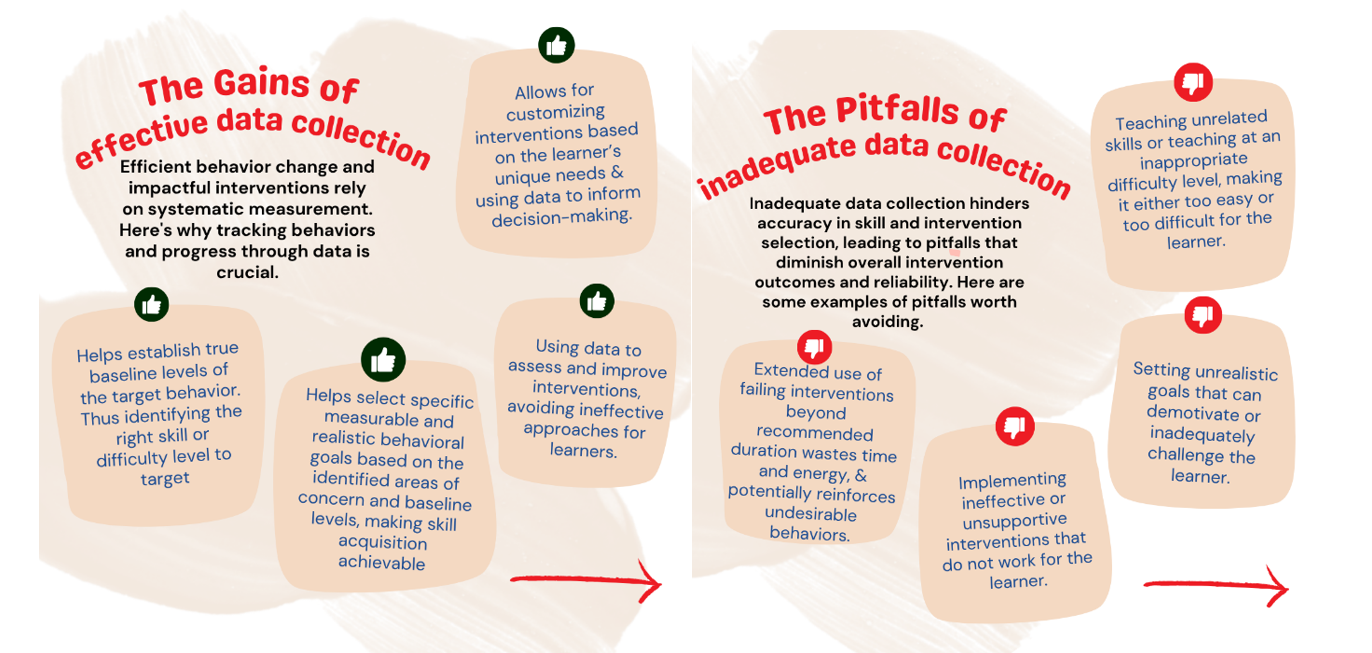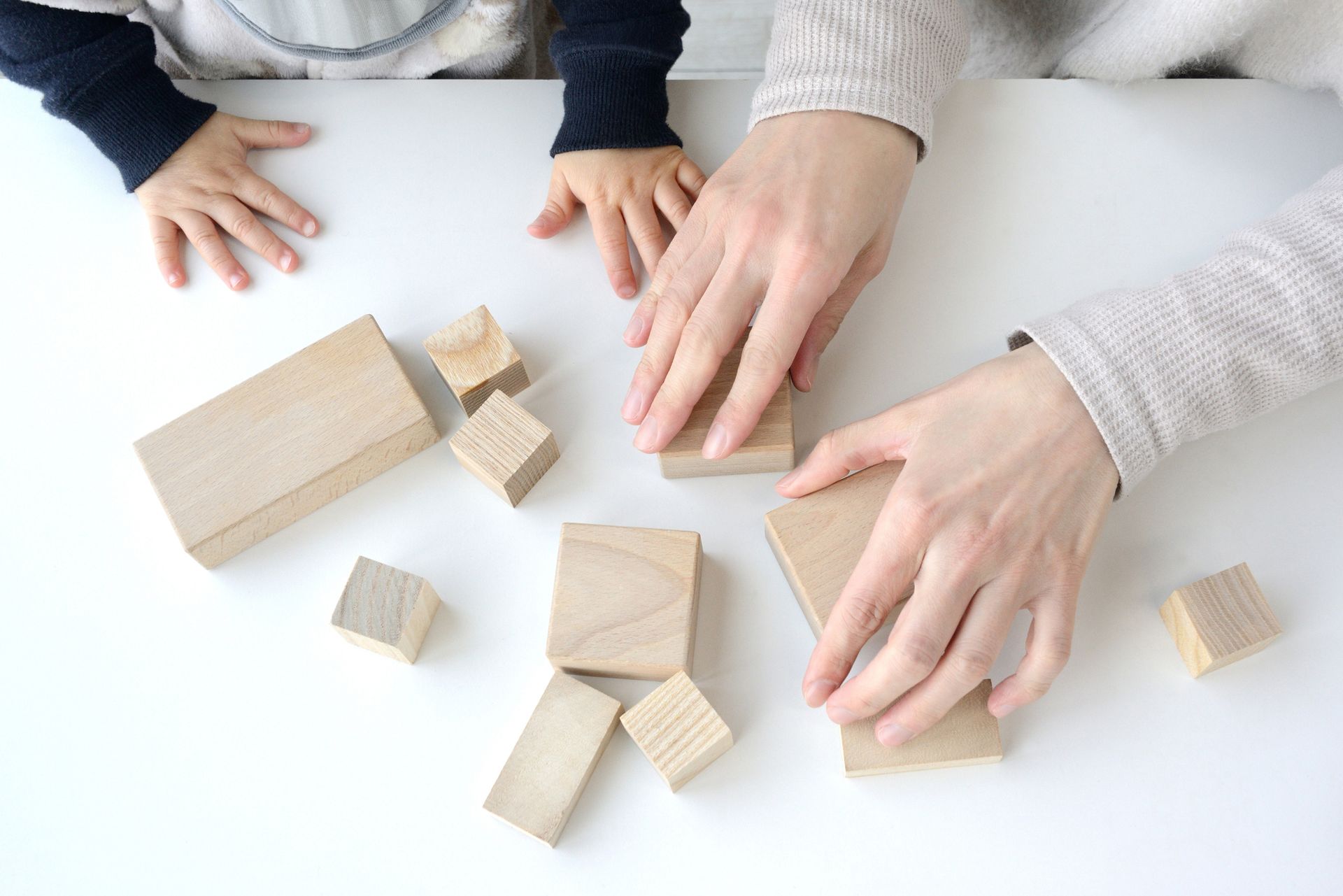What Does a Registered Behavior Technician (RBT) Do? Here's What to Expect
Get started today with A World of ABA. Reach out at info@aworldofaba.com
If you are considering becoming a Registered Behavior Technician (RBT), you might wonder what the day-to-day looks like. Honestly, it's a role that's as rewarding as challenging. And it is a role where you get to impact someone's life. Let's break it down for you:
Putting Treatment Plans into Action
This is where the rubber meets the road. As an RBT, you work directly with clients, turning those carefully crafted treatment plans from BCBAs into real-life progress. Whether helping a child communicate their needs or teaching a teen new social skills, you're using a mix of ABA techniques to guide them through it. It's hands-on and dynamic, and sometimes it can be challenging, but if you're inspired to welcome a challenge, this might be the job for you.
Collecting Data: The Backbone of Progress
Collecting data. Now, this might sound like the least exciting part of the job, but it's where the magic happens. You'll be jotting down notes, tracking behaviors, and recording every detail accurately. If you're intrigued by the "why" behind behaviors or curious about what makes specific strategies more successful, this role will allow you to know more. Collecting data to influence change and behavior modification is at the core of the work. This data is the key to unlocking real insights into your client's progress. It helps the whole team see what's working, what needs a tweak, and where to focus next. Your keen eye for detail? That's what turns observations into breakthroughs, making the difference between guessing and truly understanding.
Working with a Team
You're never on an island in this job. You'll work closely with BCBAs, other RBTs, and, of course, the families. Communication is crucial in driving reliable services—sharing your needs, asking questions, and keeping everyone in the loop. It's a real team effort, and the more open and honest you are, the better the outcomes for your client.
Following the Ethical Guidelines
The BACB has established clear ethical guidelines, and as an RBT, adhering to them is a fundamental aspect of the role. These guidelines are designed to ensure that clients are treated with respect and that their dignity is prioritized. This is essential because your work involves individuals, not just cases or data points. By following these guidelines, you help protect clients' rights and well-being, ensuring that the care provided is both professional and effective. This adherence to ethical standards builds trust and maintains a safe, respectful environment for everyone involved.






Nurturing Progress: The Transformative Journey of Applied Behavior Analysis for Children with Autism


